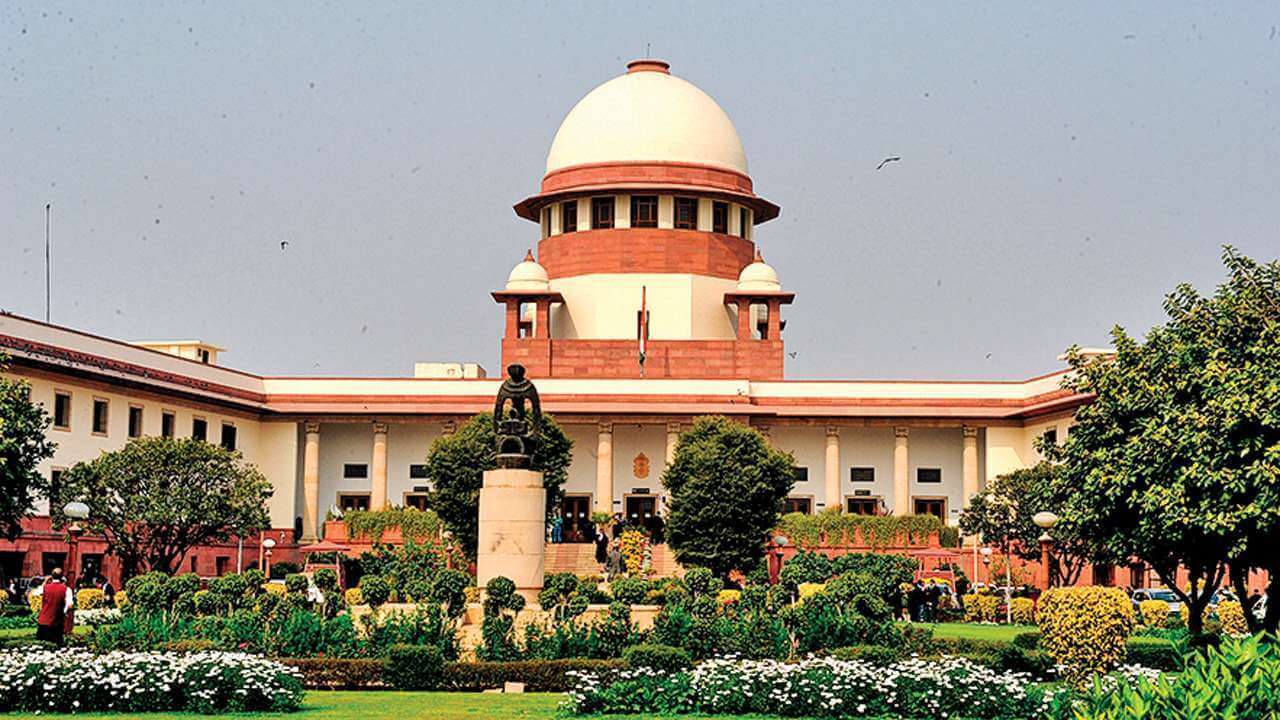


The Government of India’s had decided to cancel the Legal Tender Status of Rs.1000 and Rs.500 denomination currency notes on 8 November 2016 with certain objectives: (i) flushing out black money, (ii) eliminate Fake Indian Currency Notes (FICN), (iii) to strike at the root of financing of terrorism and left wing extremism, (iv) to convert non-formal economy into a formal economy to expand tax base and employment and (v) to give a big boost to digitalization of payments to make India a less cash economy. Now, the purpose of this article is not to make an assessment of the demonetization exercise, rather to explore certain facts checking out of the intrigued. First, given one of the objectives of the demonetisation as “flushing out black money”, let us acknowledge that some proportion of unaccounted money was taken out through this, especially in real estate sector, but the question remains can it be able to stop the system as a whole? There is doubt, as in very recent time, on 17 November 2022, the Income Tax Department detected unaccounted-for money of over Rs 1,300 crore during raids on 50 places linked to real estate businesses in Bengaluru, Mumbai and Goa. Further, Rs 24 crore worth of undisclosed assets in the form of cash and gold jewellery have also been seized. In many instances, landowners suppressed income from capital gains for various years by artificially inflating the cost of acquisition and various other costs and by not disclosing the full value of consideration on the transfer of land. The point that is being tried to make here that wiping out black money through demonetizing cash would be a narrow approach, and possibly not an all-inclusive approach to tackle black money, since cash is not the sole medium in which black money is held. Again, considering another objective, i.e. “eliminate Fake Indian Currency Notes (FICN)”, as reported by a leading newspaper (2 January 2023), according to the report of the National Crime Control Bureau (NCRB), FICN with the face value of ₹245.33 crore has been seized by the law enforcement agencies across the country since 2016. Interestingly, the highest amount of FICN with the face value of ₹92.17 crore was seized in 2020, whereas in 2021, FICN of ₹20.39 crore face value was seized. According to the RBI annual report, (May 2022), during 2020-21, out of the total Fake Indian Currency Notes (FICNs) detected in the banking sector, 3.9 per cent were detected at the Reserve Bank and 96.1 per cent by other banks, and compared with the previous year, there was an increase of 31.3 per cent in counterfeit notes detected in the denomination of Rs.500. What about another claim that demonetisation was aimed at reducing India’s cash economy? Currency in circulation (CIC), which was Rs.16.63 lakh crore in FY16, dropped to Rs.13.35 lakh crore (post demonetisation) in FY17, but has been going up every year since then. In FY18, CIC was Rs.18.29 lakh crore. It rose to Rs. 21.36 lakh crore in FY19 and Rs. 31.33 crore in FY22. The RBI, in its Concept Note on Central Bank Digital Currency released in October 2022, highlighted that despite the increase in digital payments, the percentage increase in value of banknotes in FY21 and FY22 was 16.8% and 9.9%, respectively, and percentage increase in volume of banknotes was 7.2% and 5%, respectively. The year (FY22) witnessed a higher than-average increase in bank notes in circulation primarily due to precautionary holding of cash due to second wave of the Covid-19 pandemic. Further, a pilot survey conducted by the Reserve Bank of India on retail payment habits of individuals in six cities between December 2018 and January 2019, indicated that cash remains the most preferred mode of payment.
Epilogue
It is beyond doubt that demonetisation was aimed at a very nice and noble approach, in fact the move was a bold one. Nevertheless, can we explore historical incidents to take lessons and make a cost benefit analysis, to make us sure whether benefits exceed costs, given huge ramifications for a developing nation like India, especially where a large number of businesses, small and medium, depend substantially for their cash transactions? Altogether, India has undergone the big move of demonetisation thrice in its history- the first was on 12 January 1946; second on 16 January 1978; and the third, the most recent one, was on 8 November 2016. To increase awareness towards the first demonetisation that the country witnessed, an Ordinance was promulgated by the Government on 12 January 1946. The Ordinance demonetised currency notes of INR 500, INR 1,000, and INR 10,000 with a directive that they could be exchanged within 10 days. The period of exchange was extended multiple times by both the RBI and the Government. By the end of 1947, out of a total of INR 143.97 crore of high denomination notes, currency of the value of INR 134.9 crore had been exchanged. Thus, notes worth INR 9.07 crore were demonetised, or not exchanged, indicating that the move had not really been a success. The 1977 Janata Party coalition Government again demonetised banknotes of INR 1,000, INR 5,000 and INR 10,000 denominations on 16 January 1978, under the High Denomination Bank Notes (Demonetisation) Act, 1978 (No. 1 of 1978). Commenting on the impact of this second demonetisation, the 14th Governor of RBI, Shri I. G. Patel recalled in his memoir that, “such an exercise seldom produces striking results” since people, who have black money on a substantial scale, rarely keep it in cash. In any case, big players holding large amounts of undisclosed cash can usually find agents to convert the notes through several small transactions.
Sankhanath Bandyopadhyay is Economist, Infomerics Ratings.